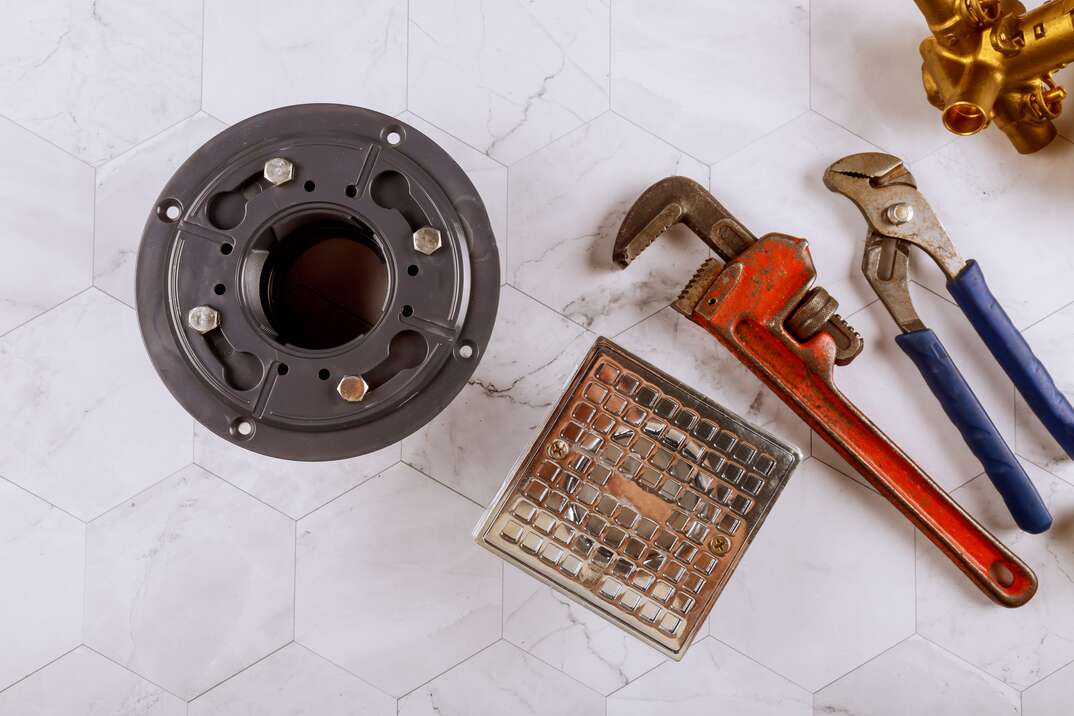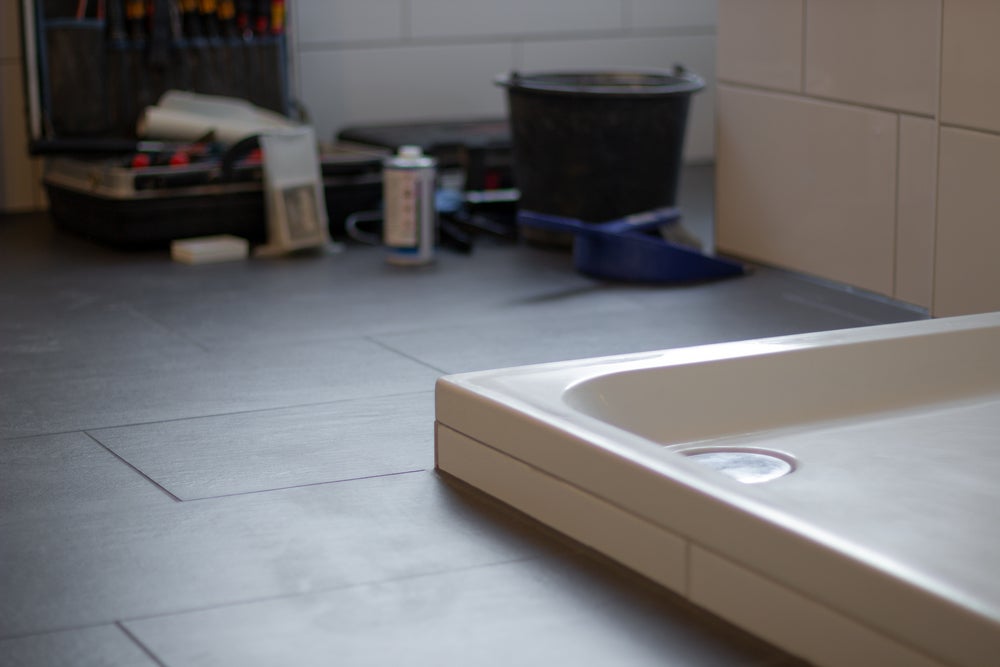Getting Hands-On-Rolling Up Your Sleeves-Digging In with Your Own-DIY-Personal Shower Drain-Bathroom Drain-Drainage System Installation-Setup-Project
Getting Hands-On-Rolling Up Your Sleeves-Digging In with Your Own-DIY-Personal Shower Drain-Bathroom Drain-Drainage System Installation-Setup-Project
Blog Article
Just how do you actually feel about How to Choose the Best Drain for Your Shower?

Upgrading a bathroom is just one of the much more preferred residence improvement tasks. Dealing with the plumbing for draining your shower can be exceptionally easy unless you overdo.
Handling Your Own Shower Drain Installment Project
You can literally construct a collector for your new shower, yet you really require to think of it. Do you really want to enter into the complications of getting the sloping proper, not to mention ensuring every facet of it is water resistant? And also I suggest every element! It is much easier to simply buy a pre-cast collection agency online or at your neighborhood Lowes, House Depot or hardware store. Building one may seem like a fantastic idea, but you will possibly feel in a different way after a number of hours.
Despite just how you set about getting a pan, you ought to make every effort to use one that has the drainpipe located in the very same spot as the initial frying pan. Moving the drain pipes can be a task, specifically if the home builder made use of an unique framework structure. If you are determined to relocate the drainpipe, you are mosting likely to have to reduce the pipe or extend it, which may mean ripping up huge pieces of the flooring. Rephrase, you are mosting likely to be looking at a several weekend break project.
Assuming we have our drain lined up, the real attach is relatively basic. The drain pipe ought to be encountering vertical approximately the collection agency. It will certainly frequently appear like a "U", which means it acts as a cleanout to keep nasty smells from returning up from the drainpipe. To link the drain, you are going to develop a water tight connection between a drainpipe cap on the top of the pan and also the drainage pipe. Equipments differ, yet you are typically mosting likely to do this by putting a combining item on the top of the water drainage pipeline. This is after that covered with gaskets as well as literally screwed right into the drain cap. The drainpipe cap should function as a locknut, to wit, it screws directly onto the coupling.
The difficult part of this process is getting your drainpipe cap to match a watertight setting in the frying pan. This is completed by backing off the drainpipe cap when you are sure whatever meshes. Then, you placed plumbers putty around the underside of the cap and after that screw it back on. The putty should form a limited seal between the cap and the shower pan, which keeps water from trickling under it and also right into the mounting under the shower.
Obviously, shower room showers been available in a wide array of styles these days. If you acquire a collection agency, they generally come with plumbing instructions or the store can keep in mind anything uncommon you ought to know. It sounds complex, yet is commonly rather easy. Have a good time!
Whether you are a tub or shower individual, the majority of people search for shower only alternatives when getting a home. This straightforward truth suggests more than a few homeowners invest a weekend break upgrading or installing showers in their restrooms. Luckily for you, it is a rather simple process.
A collector or pan refers to the horizontal surface situated at the end of the shower. The enthusiast typically consists of a non-slip surface slightly banked in the direction of the center or any place the drainpipe is located. Combined with 3 to 4 inch walls around the side, the objective of your shower drainage plumbing is to get the water to stream to as well as away.
How to DIY a Shower Drain Repair or Replacement
Verify the Source of the Leak
Pour some water down the drain using a funnel. If you don’t see signs of leakage from the drain, the leak may be coming from a worn bathtub seal. In this case, fill the bathtub with water and look for leakage between the bottom of the tub and the floor.
Determine What Drain You Need
There are two main types of drains. The options include those with a trip lever, including foot lock, roller ball, and lift and turn drains. Those with trip levers include pop-up and plunger drains. While each may have its own installation guidelines provided by the manufacturer, we’ll continue with the general process of replacing your shower drain.
Access the Drain
If there’s a cover over the drain flange, remove it. Old covers may be stuck in place, so you may need a hacksaw blade to cut it and pry it loose. But if there is no access panel, locate where the shower pipes are, place a cloth or metal plan below where you cut into the wall (to catch any water), and use a drywall saw to cut a panel on your own (you should wear safety glasses if proceeding with this step). You’ll want to cut a piece that can be put back in the same spot after the drain is replaced.
Ideally, you’ll have access to the drain parts through the shower wall. In some cases, the only option is to make an access point through a closet or bedroom.
Remove the Leaky Parts
With the drain exposed, you should see where it is leaking from. There is usually some discoloration in the area of the leak. The drain body, strainer body, or gasket can be removed with pliers while a screwdriver is needed to remove the strainer.
Repair or Replace the Drain
A shower drain repair kit can be purchased at a home improvement store. It will have instructions that will show you how to disassemble and repair the shower drain. Usually, it’s only necessary to fix the parts that are broken. You can combine old and new parts if they fit together. If the entire drain needs to be replaced, swap out all the old parts for the new ones so there are no more leaks.
Test the New/Repaired Drain
Turn on the water lightly while observing how it flows into the drain. Then check the pipes below the shower (in the basement or on a lower floor) to see if there’s any leakage. Once you verify any leak has been fixed, you can go ahead and patch up the wall (using drywall mud and a mud knife).
Ceilings that have water stains should be repaired. Cut away the affected section and replace with a piece of drywall and drywall mud. This eliminates damage caused by the leak and lets you find and mitigate other potential issues such as mold.
https://www.blackhillsinc.com/blog/how-to-diy-shower-drain-repair-replacement/

We had been introduced to that report about How to Install or Replace a Shower Drain from a good friend on our other domain. If you appreciated our post if you please don't forget to share it. I enjoy reading our article about How to Install a Shower Drain in a Basement.
Report this page